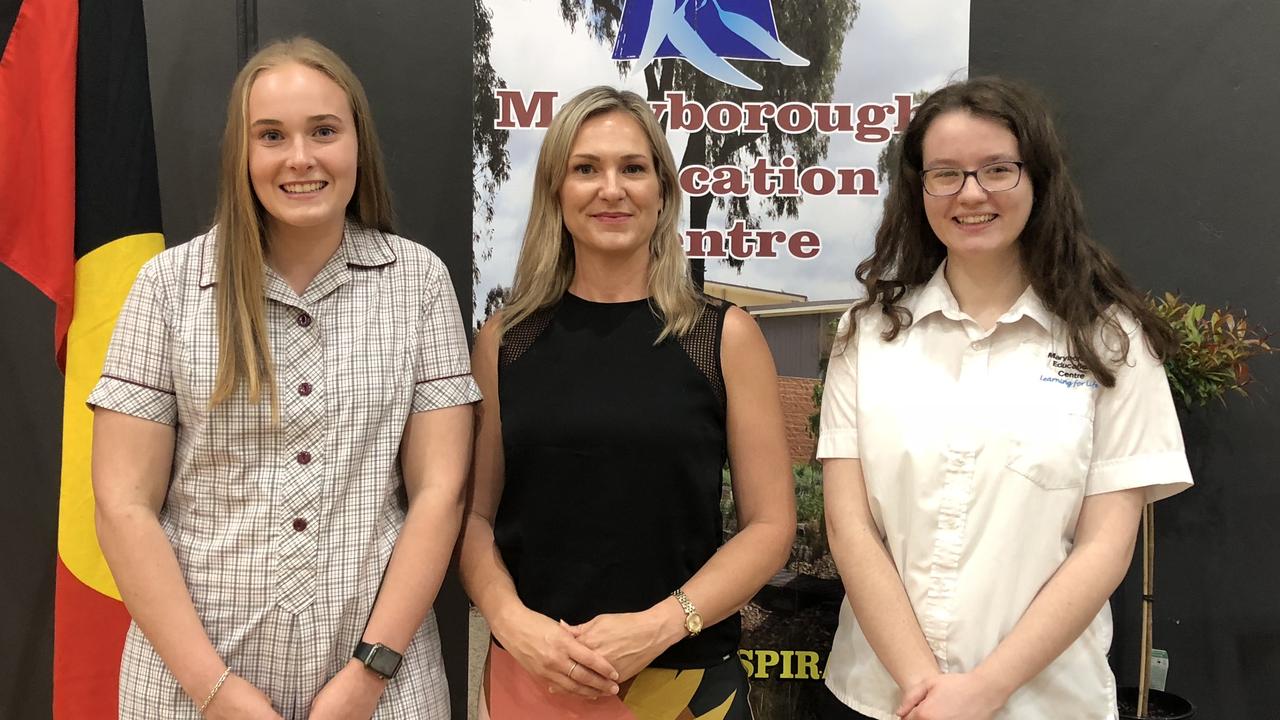Sobering science of burn-offs
Controlled burns may not be the bushfire solution many of us would hope for, writes Genevieve Barlow.
IT’S not often a columnist is lost for words. What to say in the wake of the bushfires when so much has been said.
Especially when I sit here in my home in central Victoria, so far unscathed but with the fire sirens wailing and with the whiff of smoke – faint and by no means overwhelming – invading my surrounds to remind me that the hell in landscapes and lives elsewhere could arrive any time.
What we now know is that we need to prepare, not for the possibility of horrendous fire arriving at our doors, but for the day it does arrive. If has become when.
One of the common calls emerging from fire-hit areas is the need to reduce fuel loads to limit further disasters of this extent.
People fearing for their lives want the bush burned. And more of it.
But should we accept that blanket calls like this, made in the heat and fury and exhaustion and anger of fire’s aftermath, are the right way to go?
If we burn the bush without discrimination, what happens to our ecology and the life systems — insects, birds, wildlife, plants — that support human life?
Firstly, we know that humans are contributing to climate change.
So we have to make a deal with ourselves and cut our climate-changing emissions. And fast.
Any person not attempting to do this at a personal or community level is not meeting their end of the deal.
Governments elected to lead have a bigger responsibility. No longer can they say continued prosperity — by mining and exporting coal especially — comes before all else.
At the same time as cutting our emissions, we need to deal with the more immediate need to reduce risk to life. One option is prescribed burning, recommended in the cooler months, but crude annual hectare targets are not the way to go.
Ecology professor Mike Clarke of La Trobe University says that, for example, the 2009 Victorian Bushfires Royal Commission’s recommendation to burn 5 per cent of public land annually could threaten the long-term health of mallee ecosystems and destroy habitat for birds such as the Striated Grasswren and the Malleefowl.
He says we need to be much more nuanced about this and that we need to do a reality check on what we believe planned or controlled burning can actually achieve.
“I suspect the public has unrealistic and over-optimistic expectations of the protective benefits of prescribed burning,” Prof Clarke told me.
“For example, in Victoria, the Department of Environment Land Water and Planning estimated in 2018 that if they’d been able to achieve their targeted 230,000ha of prescribed burning for that year, they would only have reduced the risk to life and property on a bad fire day by 18 per cent.
“I think that the public thinks that if there’s been a controlled burn we’ll be right. The reality is the Australian bush is very flammable. It’s the weather and dryness and long-term climatic changes that are driving this,” he said.
Prof Clarke says that key points to consider about prescribed burning are that timing is important and that the opportunities to cool burn are getting fewer and fewer as our fire seasons lengthen. So agencies and departments need resourcing to do this when the time’s right.
Plus if it’s about protecting assets then it should be done near that asset, not far away from it.
We also have to remember that fire can help maintain some vegetation communities and completely destroy others so where it’s used is important.
“Plant and animal communities have evolved to cope with fire regimes of different fire severity, frequency, extent, season and configuration (patchiness). One size does not fit all,” he says.
Then there’s the fact that prescribed burning’s effectiveness in altering fire behaviour is greatest in the first one to three years in many forests. It can diminish significantly after that.
And then there’s the hope that controlled burning as practised by indigenous communities might save us. But Australia, with its population of 25 million, is clearly different to a time when fewer than five million people lived here and when the landscape wasn’t complicated with power lines, roads, bridges and pipelines.
We can use this ancient knowledge and mix it with modern science.
Clearly, science tells us we can’t just go out and burn the bush holus-bolus, as much as those devastated by fire might say so in the immediate aftermath of these current fires.
We need to look at all the options for reducing risk to life and property, Prof Clarke says.
Among these he lists:
• Finding and implementing ways to detect ignitions earlier;
• Finding and implementing ways to rapidly attack and suppress fire;
• Slashing, mulching and rolling to remove fuel;
• Re-examining building codes to ensure we approve only suitable buildings in fire-prone areas;
• Re-examining planning regulations for building placements; and
• Looking at whether we have appropriate community shelters in defendable spaces.
In the short and medium term, Australia’s focus necessarily needs to be on supporting communities in the aftermath of these fires.
But now, more than ever, we need to listen to the climate scientists to understand what’s coming next and how to maximise our chances of survival.


